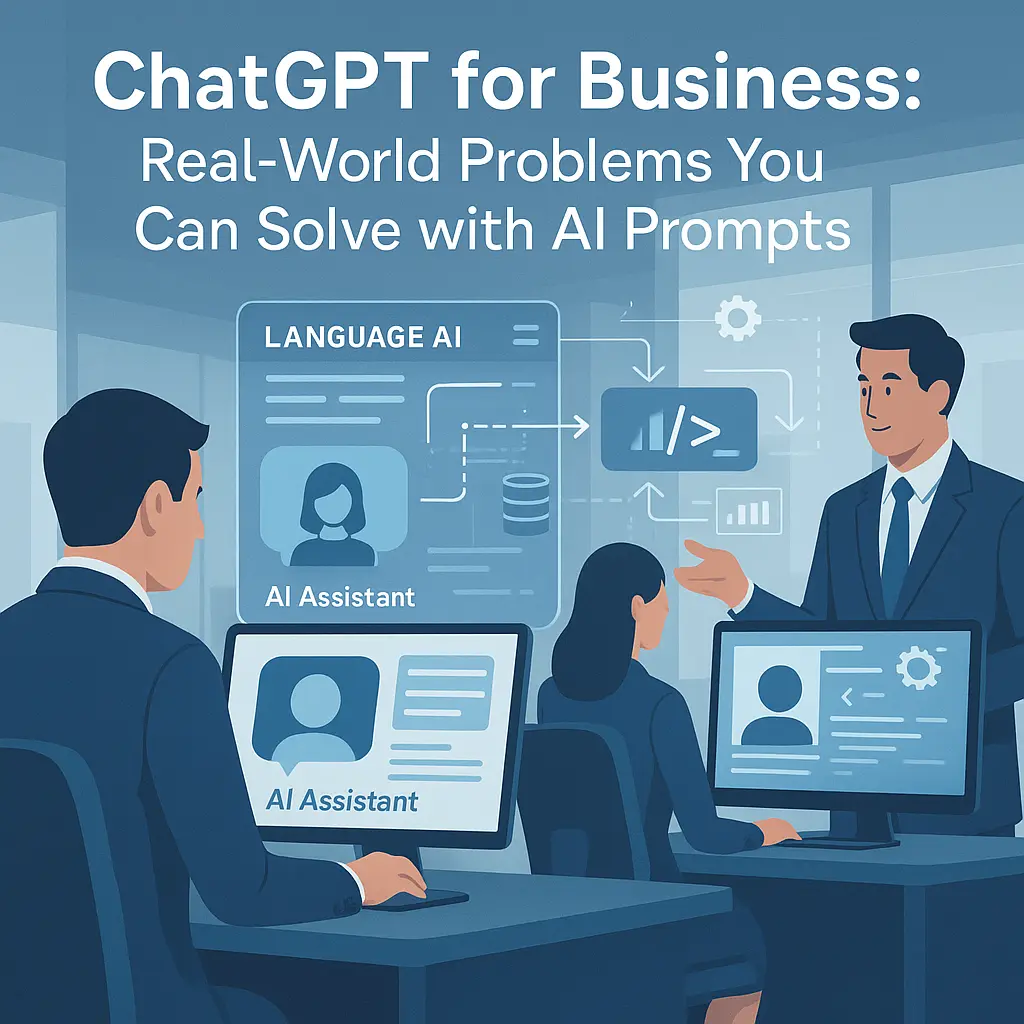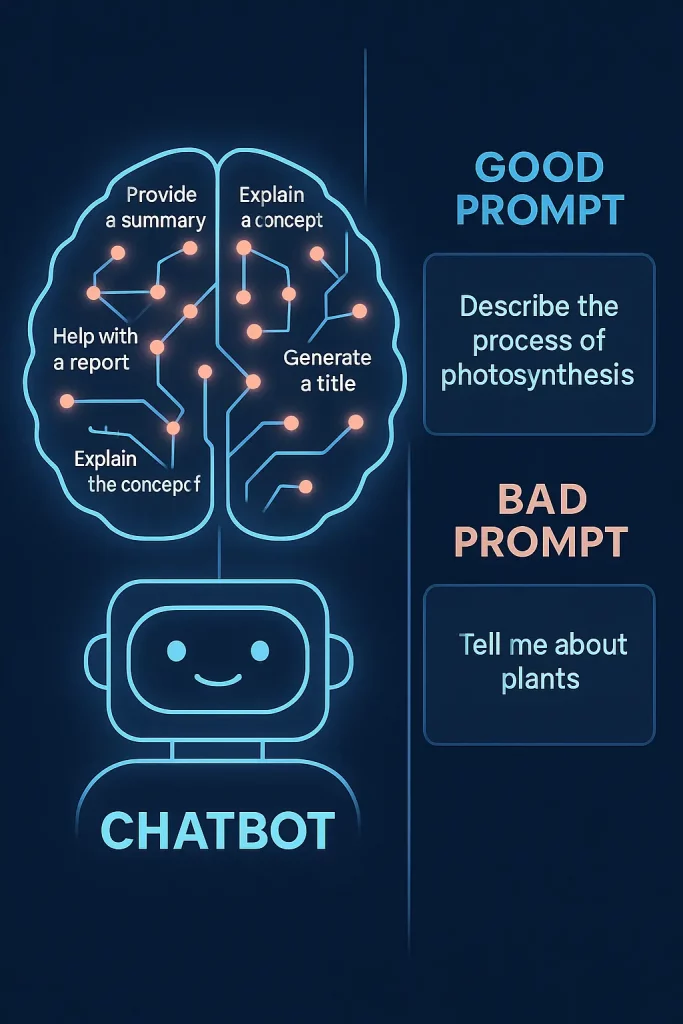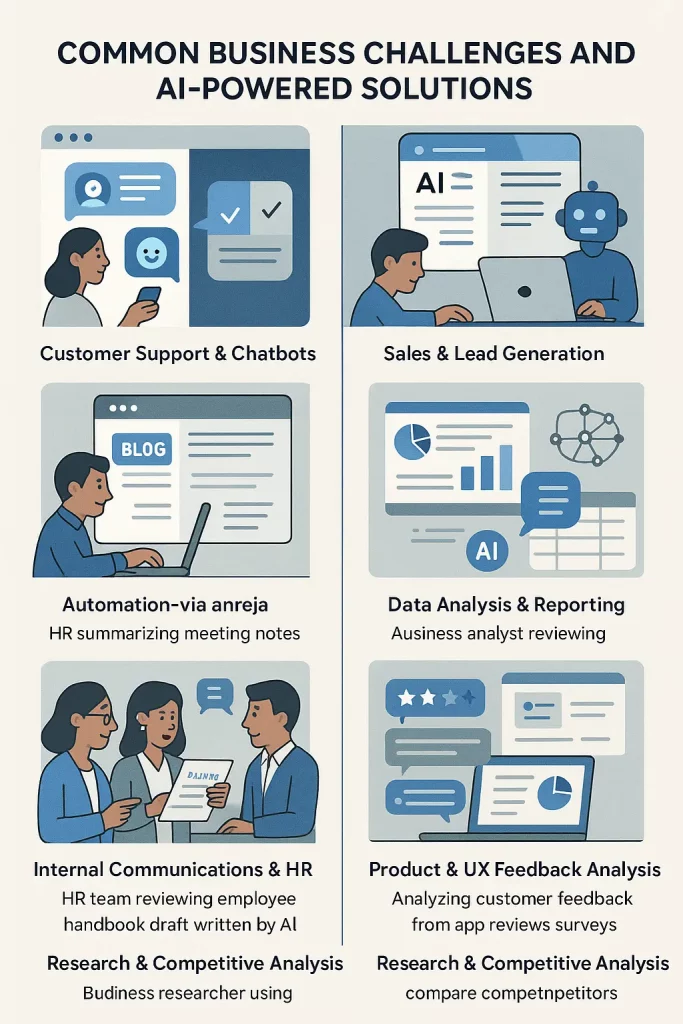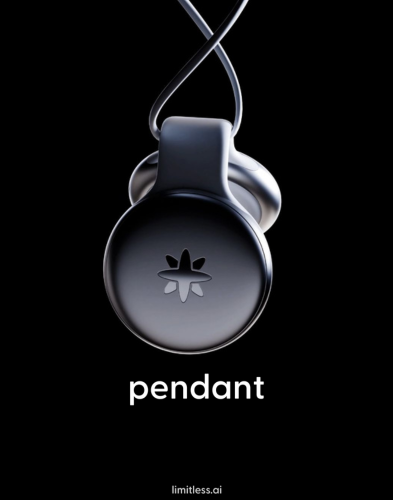Real-World Use Cases & Prompt Tips

Businesses today are under constant pressure to move faster, do more with less, and stay ahead of the curve. As a result, many are turning to artificial intelligence, not as a futuristic concept, but as a practical tool they can use right now. One of the most talked-about tools in this space is ChatGPT.
It’s not just the tech itself that’s impressive. It’s what you can do with it when you know how to ask the right questions. That’s where prompts come in. They are instructions or conversation starters that guide ChatGPT in delivering helpful answers or completing tasks.
In this article, we’ll look at how businesses put ChatGPT to work in the real world. From improving customer support to helping teams create content or analyze data, we’ll explore practical ways to get real results simply by using smart prompts.


Understanding ChatGPT & Prompt Engineering
ChatGPT is an AI developed by OpenAI that works with language. In other words, it’s programmed to interpret questions or commands in ordinary language and make appropriate, sometimes astonishingly detailed, answers. You can think of it as an enhanced assistant that can do more than write, summarize, brainstorm, and even explain complex things.
However, it is not just what you ask that makes ChatGPT functional for business; it is also the portrayal (how you ask). That is what prompt engineering is for. A “prompt” can be said to be the input you enter into the AI – your question, instruction, or request. A good prompt is being clear, specific, and usually includes context or examples to achieve better results.
This can save time and avoid trickling back and forth in a business environment. Regardless of whether you are an individual trying to create content, automate certain parts of your workflow, or analyze information, well-written prompts will result in consistently more accurate, relevant, and fast outputs.
Think of ChatGPT as a smart intern. The clearer the instructions you provide, the better the work you get. For companies that wish to expand operations without adding new hands, prompt writing is a simple ability.
If you’re new to prompt engineering or want to build hands-on skills, this ChatGPT for Business Communication course offers a great starting point, especially tailored for professionals navigating workplace use cases.

Common Business Challenges and AI-Powered Solutions
a. Customer Support & Chatbots
Keeping up with customer questions can be exhausting, especially for growing businesses. ChatGPT can step in as a first-line support tool, whether it’s simple “where’s my order?” queries or more complex troubleshooting. With the right prompts, it can generate accurate, friendly responses to frequently asked questions.
It also helps draft scripts for automated chatbots that handle common support scenarios, saving human reps time for more sensitive or complex cases. It can work across multiple languages, helping businesses expand support globally without building a whole new team.
By training ChatGPT with relevant product details and past support logs, businesses can streamline their help desks, improve response times, and free up customer service teams to focus on higher-value tasks.
If you’re looking for a guide to build a chatbot for your business, Basics of Building an Artificial Intelligence Chatbot – 2025 is a helpful tutorial.
b. Marketing & Content Creation
Creating consistent, engaging content is one of marketing’s biggest challenges. ChatGPT makes this easier by acting like a brainstorming partner and copywriter. Give it a clear prompt like your brand voice, target audience, and topic, and it can generate blog ideas, draft social media posts, or even write full-length articles.
It’s especially useful for breaking through creative blocks. For example, you can ask ChatGPT to write ten catchy headlines, generate Instagram captions for a product launch, or provide SEO-friendly product descriptions. The quality improves dramatically when you include examples or formatting preferences.
While a human touch is still needed for final polish and brand alignment, AI can handle the heavy lifting, saving hours and keeping content flowing consistently.
Also read: ChatGPT for Digital Marketing
c. Sales & Lead Generation
Sales teams often spend hours writing cold emails, follow-ups, and lead qualification scripts. ChatGPT can speed this up by generating tailored outreach emails based on just a few data points, like the lead’s industry, role, and pain points.
By inputting relevant context, such as your product’s value proposition or a competitor’s weaknesses, you can prompt ChatGPT to write more personalized, compelling messages that get replies. It can also help build scripts for qualifying calls or chatbot flows that determine a lead’s purchase readiness.
Instead of starting from scratch, reps can use ChatGPT to quickly produce variations, A/B test messages, or refine their pitches. The result: faster outreach, better engagement, and more time spent closing deals.
d. Data Analysis & Reporting
Not everyone’s comfortable analyzing spreadsheets, but many decisions rely on them. With the right prompts, ChatGPT can help interpret raw data by summarizing key trends, explaining figures, or generating plain-language reports.
Say you’ve got sales data from the past quarter, ChatGPT can highlight what changed, identify best-performing regions, or even suggest reasons behind the trends. You only need to describe the data or paste it into a few rows with context.
This helps non-technical team members get valuable insights without waiting on analysts. It can also turn technical dashboards into readable summaries for leadership or clients.
While it’s not a replacement for full-fledged analytics platforms, AI is incredibly handy for generating quick overviews or first drafts of reports, offering a strong starting point for more detailed analysis. Learn how generative AI is streamlining business reporting.


e. Internal Communications & HR
HR and operations teams devote much of their time to communication, from updating company policies to writing internal announcements.
ChatGPT can assist in creating internal documents such as employee handbooks, onboarding guides, or benefit explanations, using a few prompts and already available materials.
It is also helpful in summarizing meeting notes, making long transcripts into action items, or writing performance review templates. That can make everyday operations much smoother for HR teams with numerous roles and regions.
Although sensitive communications still require a human review, AI can provide robust first drafts, cutting time and creating consistency. It’s a convenient way to remove the strain without scrimping on transparency or working-worldiness..
f. Product & UX Feedback Analysis
Once the users post feedback, reviews, or support tickets, it is not structured and it is scattered. ChatGPT will also help to make sense of it by dissecting text-based input, categorizing comments based on their topics, and locating common problems or themes.
For instance, if several hundred users complain about slow load times or a confusing checkout process, ChatGPT may group such comments, systematize them, and summarize them. It helps product and UX teams quickly spot what’s working and what needs fixing, without manually reading every entry.
You can also ask it to summarize app store reviews, survey results, or customer interviews. It’s a great way to turn messy, qualitative data into actionable insights, especially when time or resources are limited.
g. Research & Competitive Analysis
Market trend research or active monitoring of competitors often implies surfing through tons of information, such as blogs, reports, websites, etc. ChatGPT can hasten this process by reducing the documents’ size, emphasising the main takeaways, or comparing information between sources.
You may ask it to analyze a competitor product page and pull out differentiators or condense a 20-page whitepaper into a bullet-point brief.
It can also help draft SWOT analyses or gather pros and cons from customer reviews across different platforms.
While it won’t replace in-depth, human-led research, ChatGPT is great for rapid overviews, first drafts, and preparing briefing materials for teams. With the right prompts, it acts like a fast, capable research assistant, quickly getting you up to speed without missing key points.
Case Study
Businesses across various sectors are harnessing ChatGPT to enhance efficiency and customer engagement.
E-commerce: Klarna integrated ChatGPT into its platform to offer personalized product recommendations, enhancing the shopping experience by providing curated suggestions and direct product links.
Marketing: In the marketing domain, a digital agency employed ChatGPT to automate the initial drafting of blog posts. This strategy significantly reduced the time spent on content creation while maintaining quality and relevance.
Content Creation: Freelance writers have utilized ChatGPT to streamline content creation processes, saving time by generating text and ideas, and optimizing content for readability and engagement.
Tips for Crafting Better Prompts
- Be specific: Vague inputs lead to vague results. Clearly explain what you need and who it’s for.
- Add context: Include details like audience, tone, format, or goals to guide the response.
- Give examples: If possible, show what a good response looks like. This helps set expectations.
- Start simple, then adjust: Try a basic version first, then build on it based on what works.
- Refine as you go: If the output feels off, tweak your prompt—small changes often improve accuracy.
For a deeper dive into writing effective prompts and using them in real business scenarios, consider the ChatGPT for Working Professionals program.
It’s designed to help professionals build strong prompting habits that lead to better outcomes.
Conclusion
ChatGPT is proving to be more than a tech trend. It’s a practical tool reshaping how businesses work. From writing and analysis to customer support and planning, companies that learn to craft better prompts are already seeing the benefits.
As this technology evolves, those who understand how to use it well will have a clear advantage. The future holds even more potential, with voice-based interactions, more innovative automations, and seamless integrations just around the corner.
Now’s the time to experiment, learn, and build the habits defining tomorrow’s most efficient and innovative businesses.
To stay ahead of the curve and explore how tools like ChatGPT connect with broader AI trends, the Generative AI course with certificate covers next-gen applications, including voice, automation, and cross-platform integration.











![How to Explain Reasons for Job Change in Interviews? [2024]](https://metaailabs.com/wp-content/uploads/2024/04/How-to-Explain-Reasons-for-Job-Change-in-Interviews-2024.png)